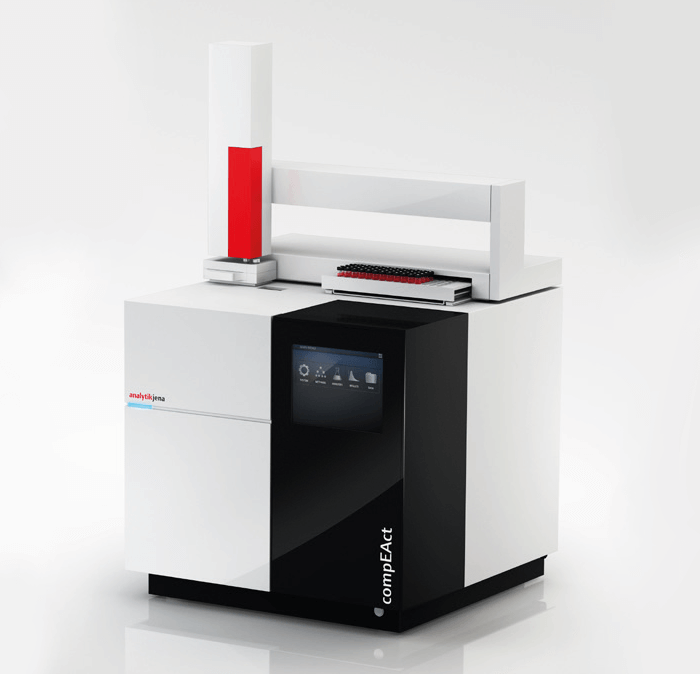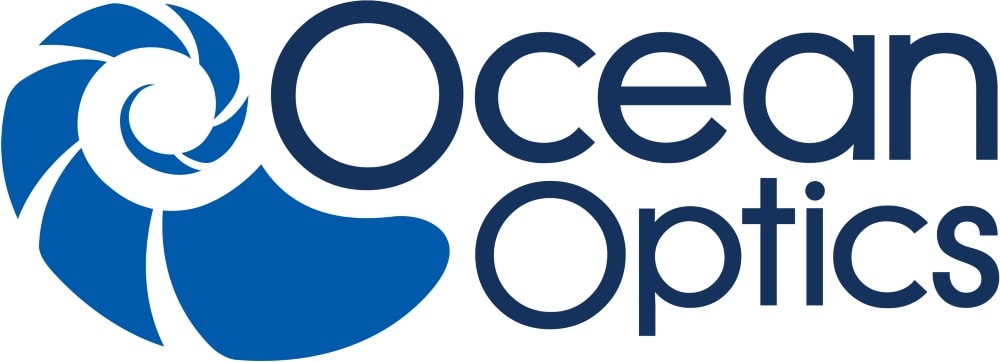Challenge
Avoiding the exceedance of given legal limits for total sulfur (TS) impurities in fuels caused by the positive cross sensitivity of NO to the UV-fluorescence technique.
Solution
Elimination of the interfering N-compounds by cold plasm ionization (MPO technology).

Introduction
During the production of motor fuels by hydration of coal or vegetable oil, as well as during the production of traditional fuels based on mineral oil with biodiesel addition, end products with affected ignition characteristics can occur. In this case special additives — generally known as cetane improver — are used to enhance the ignitability (cetane number). Nitrogen compounds have proven to be especially suitable and cost efficient, such as amyl nitrate, cyclohexyl nitrite, triethylene glycol dinitrate, or 2-ethylhexyl nitrate (2-EHN). Besides the positive effect on the ignition characteristics these substances also lead to increased nitrogen content in the final product. This is a serious problem because the nitrogen can lead to false positive results when determining the TS content in fuels. Considering the fact that many fuels classified as sulfur-free already have an actual TS content close to the statutory limit value of 10 ppm (ASTM D4814, D6751//DIN EN 590, DIN EN 14214), the sulfur content determined can exceed the specified threshold easily, if nitrogen-containing cetane improvers are used. The fuel no longer complies with the requirements and a costly post treatment is needed. However, this effort can be avoided when using a matrix-independent UV-detection technique that makes it possible to differentiate between sulfur and the nitrogen-interference.





